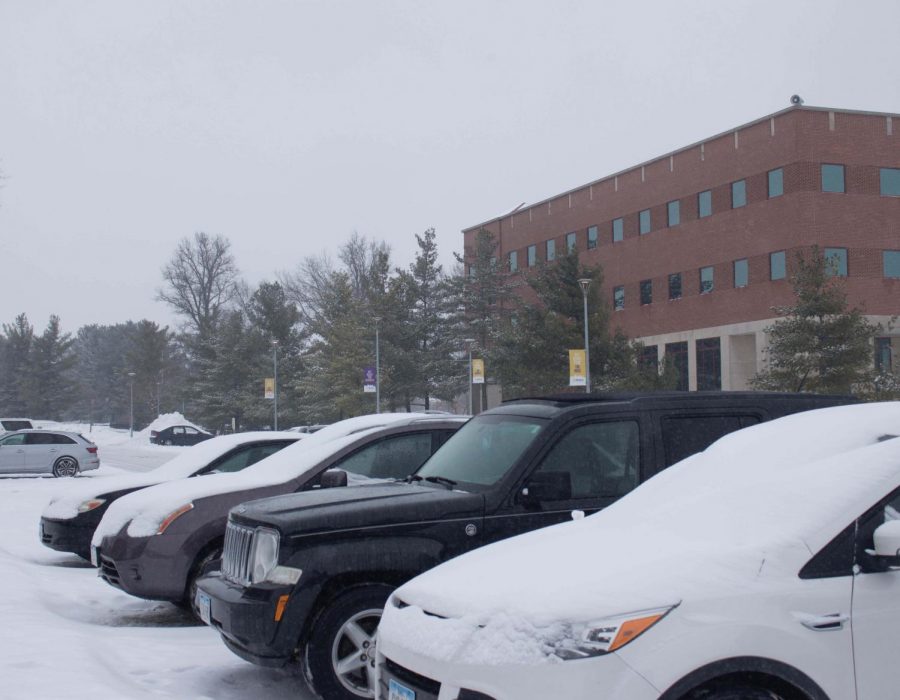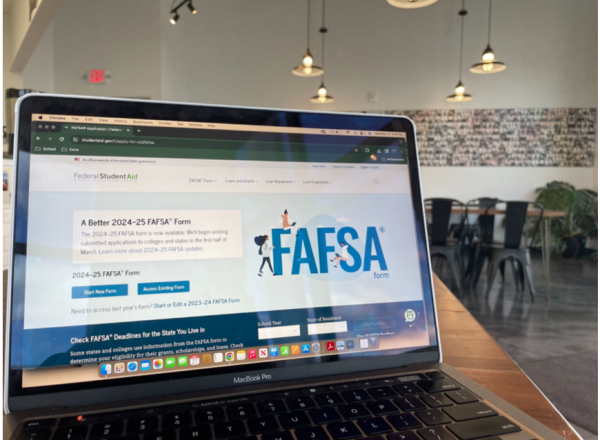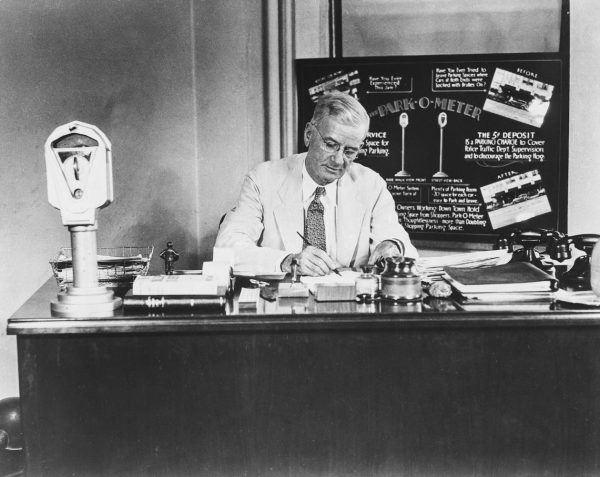Winter weather survival: vehicles
Feb 18, 2019
“Suddenly this guy just cuts us off out of nowhere,” freshman English major Kersten Kahley recalled after driving back to UNI after winter break in a storm. “[…]we start sliding and swerving on the road until we were completely sideways on the interstate. Thank God no one was behind us or we’d be dead.”
With the snow and ice brought on by harsh Iowa winters, stories like these become more common. However, there are things students can do to prepare their vehicles for winter.
Brian Jensen, service manager at Dan Deery Toyota, recommends students know their vehicle inside and out.
“Only you will know when something is wrong right away when driving your vehicle and it’s up to you to get it fixed before driving in any dangerous environment,” he said.
The National Highway Traffic Safety Administration (NHTSA) shares similar advice on their website: Know the vehicle firsthand. It also recommended having the entire vehicle checked out before any major trips, especially in the winter weather, and being on the alert for any safety recalls.
Of course, no amount of vehicle safety checks can be better than simply driving safe.
“Follow speed limits and weather recommendations and know your limits when it comes to driving,” Jensen said.
The best way to learn how to drive in the winter is to practice. The NHTSA recommends practicing driving on snow-covered or icy roads — but not a major road — when given the opportunity. This gives practicing drivers plenty of space for trial and error and lessens the risk of posing an immediate danger to others.
The American Automobile Association’s (AAA) first recommendation is to stay home.
“Only go out if necessary,” the AAA website states. “Even if you can drive well in bad weather, it’s better to avoid taking unnecessary risks by venturing out.”
AAA also recommends drivers be prepared for any kind of disaster on the road: Pack blankets, check spare tires and bring extra food and water.
When it comes to the vehicle itself, they strongly advise having at least half a tank of gas, inspecting the brakes thoroughly and driving slowly even on roads with typically faster speed limits such as highways and interstates.
Driving in the snow is no joke. The Federal Highway Administration (FHWA) estimates that over 1,300 people are killed and more than 116,800 people are injured in vehicle crashes every year on pavement that is snowy, slushy or icy. Just from snowfall or sleet alone, the FHWA says, 900 people are killed and 76,000 are injured in vehicular accidents.
By paying heed to the winter weather driving and vehicle safety tips listed above, students can avoid becoming a part of these statistics.

















